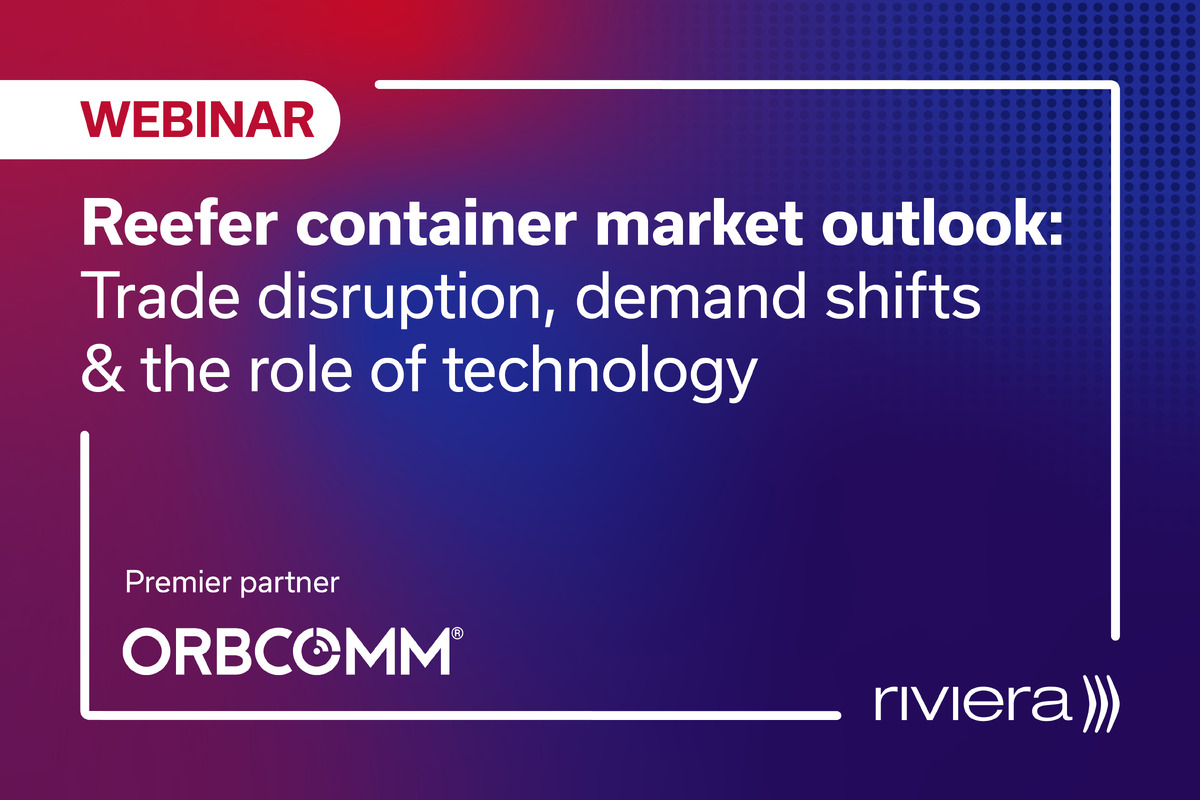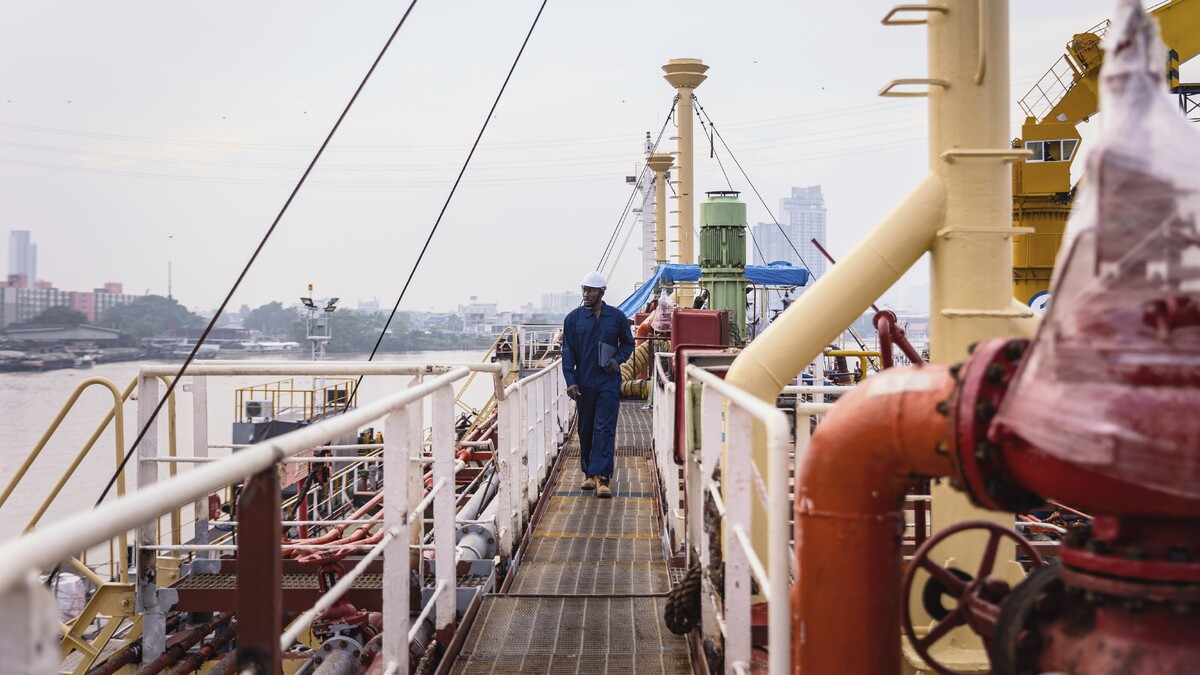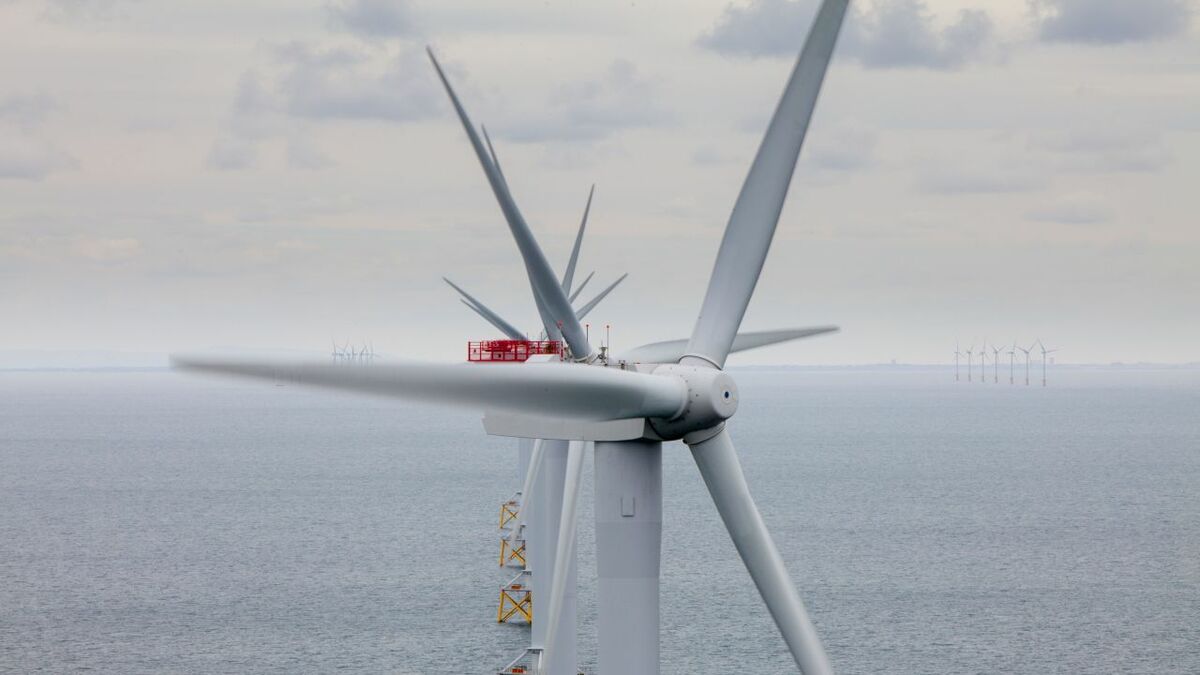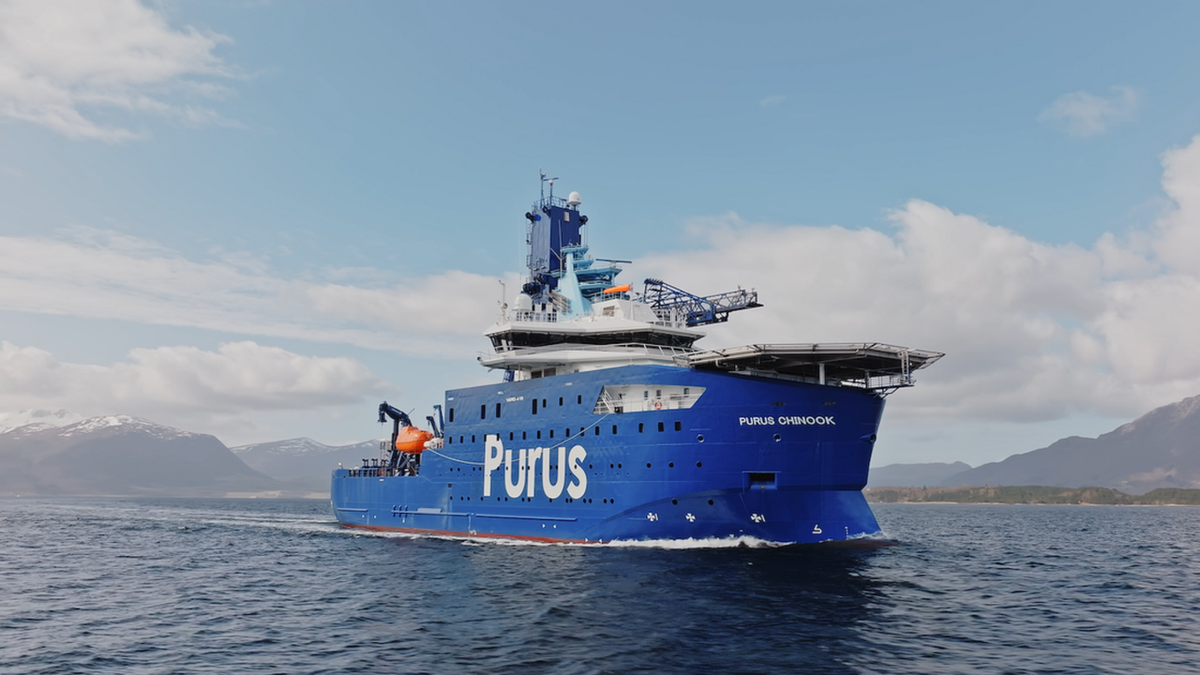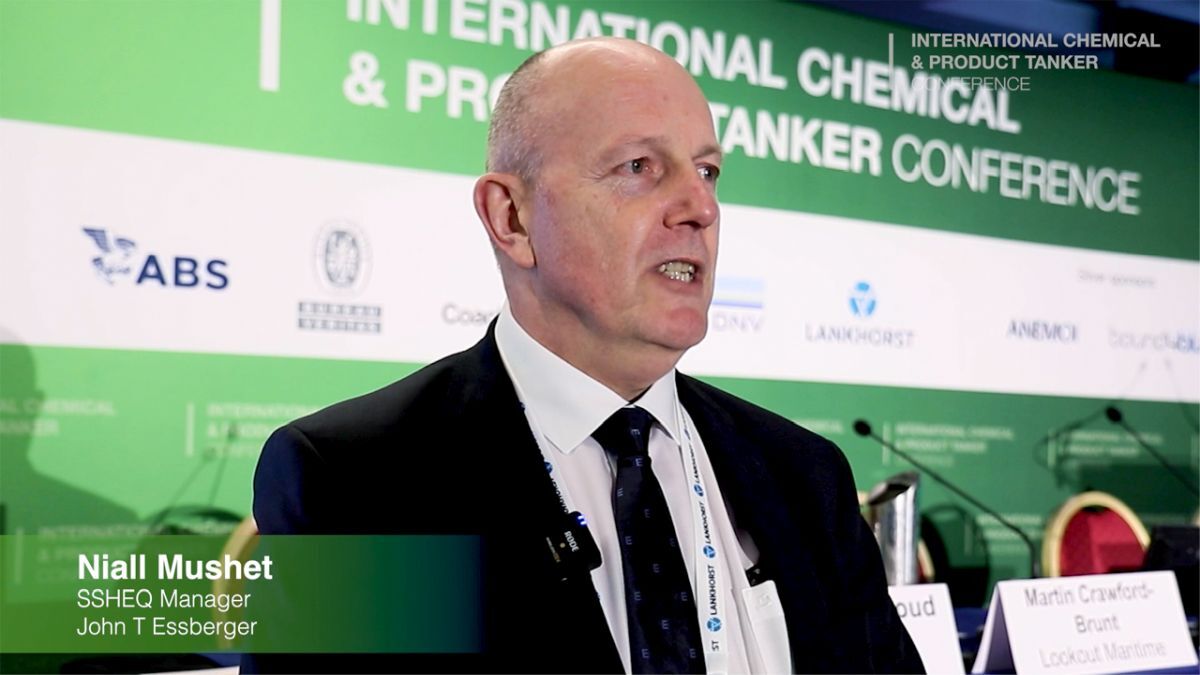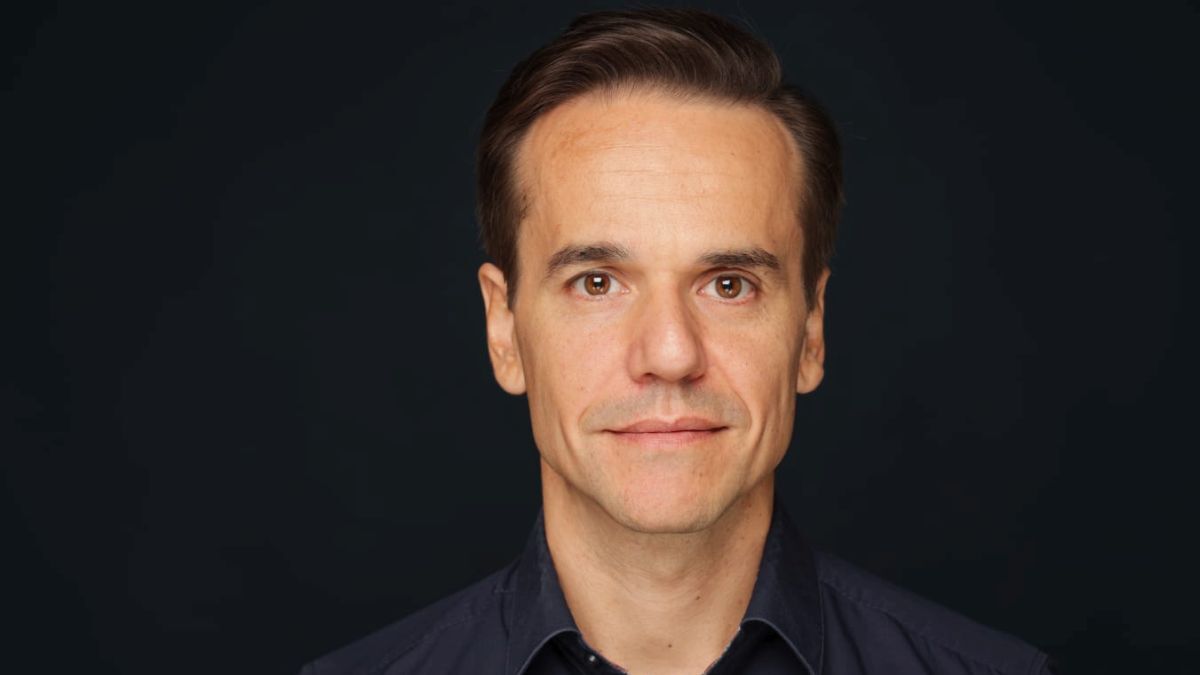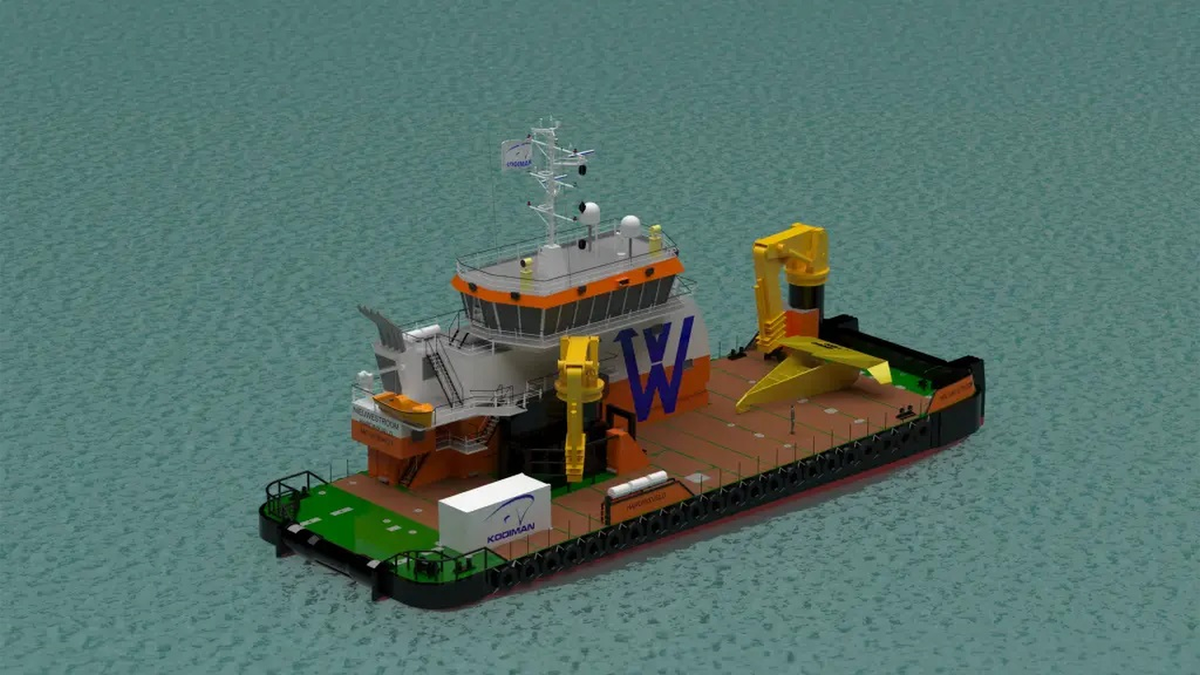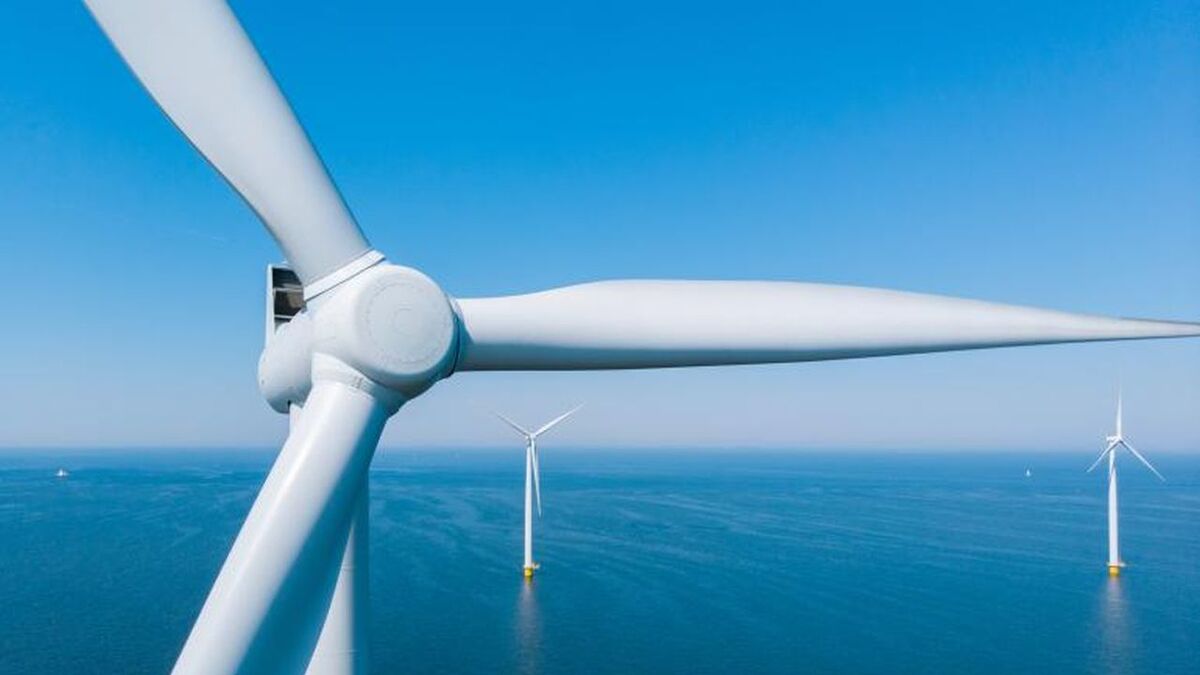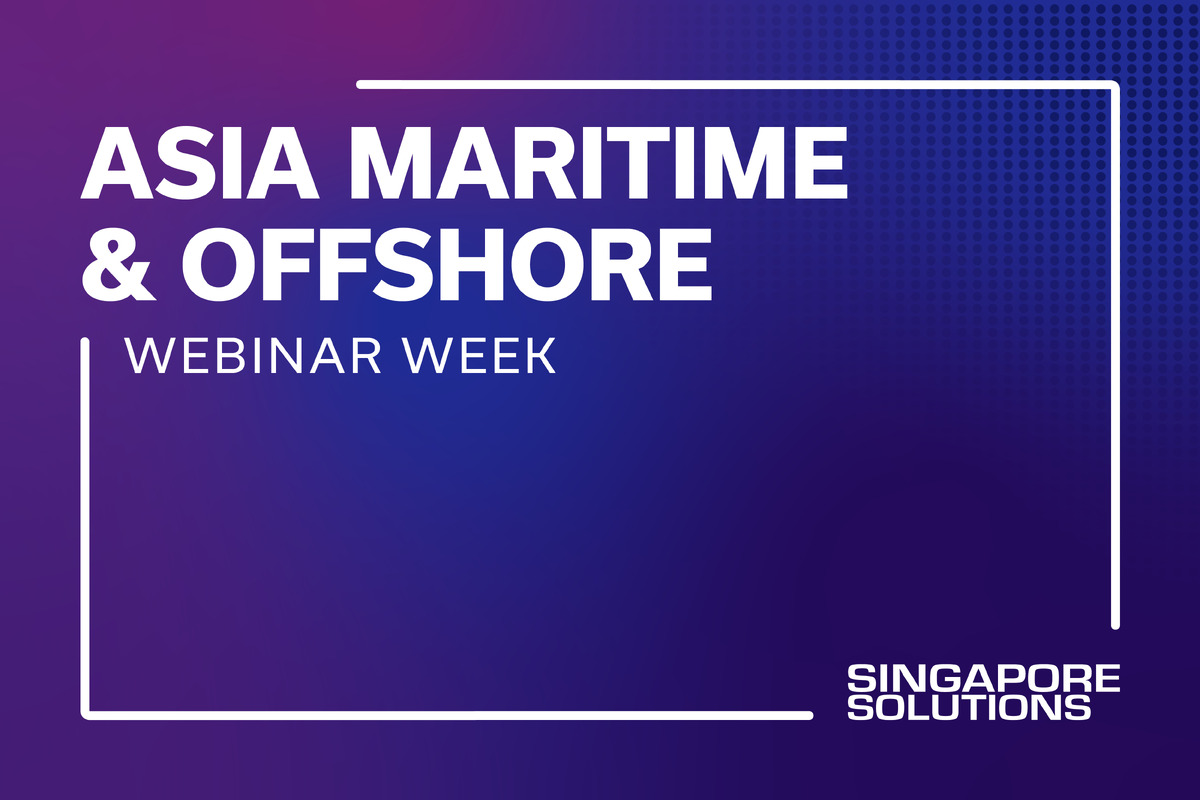Business Sectors
Contents
Ørsted and ITM Power confirm electrolyser-in-the-tower project
UK-based ITM Power is working with leading wind energy developer Ørsted on a project to examine the feasibility of installing an electrolyser in the tower of an offshore wind turbine
The potential for installing an electrolyser in the tower of an offshore wind turbine, to produce green hydrogen using renewable power, was first highlighted by OWJ in 2018 in an interview with ITM Power chief executive Dr Graham Cooley.
The study is part of a project sponsored by the Department for Business, Energy & Industrial Strategy (BEIS), in late 2019, entitled ‘Hydrogen supply competition.’
ITM Power said the project proposed an electrolyser placed ‘at the wind turbine’ – in the tower or very near it, directly electrically connected to the DC link in the wind turbine, with appropriate power flow control and water supplied to it.
“This may represent a better design concept for bulk hydrogen production as opposed to, for instance, remotely located electrolysers at a terminal or platform, away from the wind turbine generator, due to reduced costs and energy losses,” said ITM Power.
“In this scenario, where an electrolyser is placed offshore at the wind turbine, in the tower or in close vicinity to the wind turbine, energy in the form of hydrogen will be transported to shore by an underwater or underground pipe network.
“This presents an opportunity to reduce overall costs, as hydrogen pipes cost less per km than power cables. The efficiency of such a system shows potential to define new standards by removing the need for AC rectification.”
ITM Power said the concept proposed is a marine environment-capable electrolyser linked to a ‘Type IV’ wind turbine generator and a ‘DC link’ that has the potential to power the electrolyser directly.
“This enables fewer power conversion steps and thereby reduces both energy losses and electrolyser footprint,” said the company. “Readily abundant cooling capacity is available via seawater. Energy in the form of hydrogen gas would be supplied to shore by pipe rather than via electricity.
“Overall, the concept explores opportunities to minimise the cost of hydrogen production through a combination of improved efficiency and reduced capex.
“Such a system has not been demonstrated in practice and several challenges will need to be overcome for this vision to be realised. However, the possible cost reductions presented by this concept makes it viable for consideration on future offshore hydrogen installations. Demonstrating the concept would require R&D effort, as well as economic evaluation.”
Areas for future development include: developing an electrolyser module specification suitable for offshore operation; pre-build, pre-testing of electrolysers and DC link module at onshore locations; prototype design, build, deployment, and testing onshore; and a design exercise for a multi MW-scale solution. Others include offshore deployment planning and demonstration; operations design including assessment of opex costs; techno-economic assessment and business case development.
Related to this Story
Events
Reefer container market outlook: Trade disruption, demand shifts & the role of technology
Asia Maritime & Offshore Webinar Week 2025
Marine Lubricants Webinar Week 2025
CO2 Shipping & Terminals Conference 2025
© 2024 Riviera Maritime Media Ltd.
